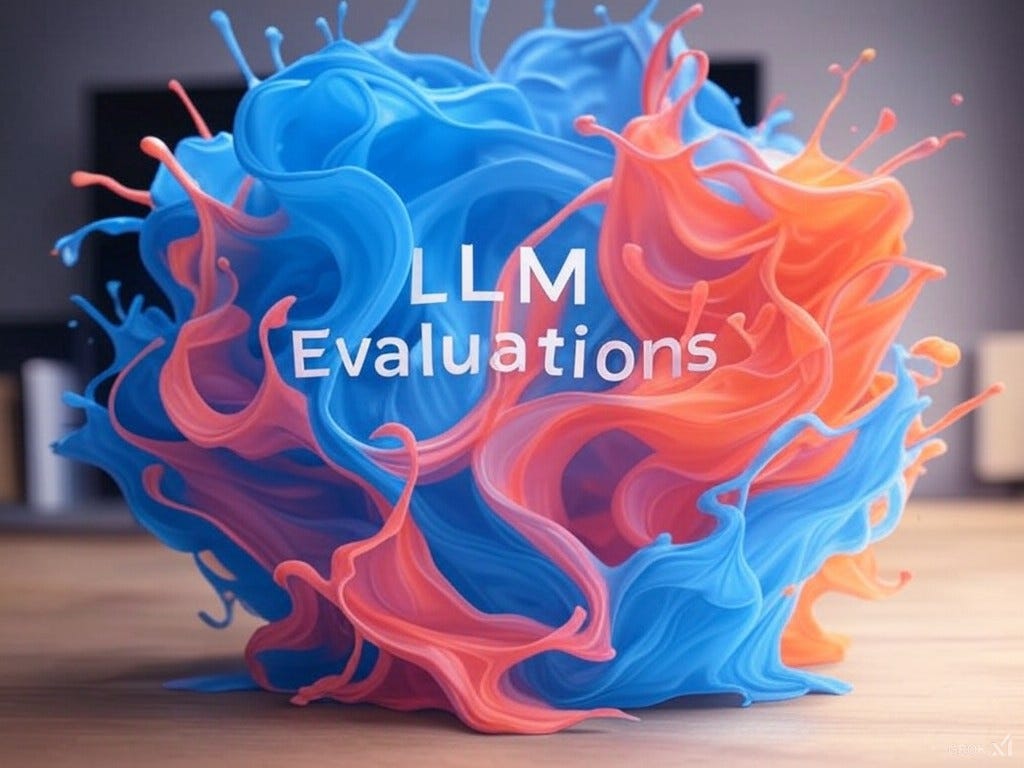In the ever-evolving landscape of AI, the pace of innovation is relentless. Every week, there’s a new large language model (LLM) to explore, with costs decreasing exponentially and adoption skyrocketing. Yet, as businesses race to integrate LLM-driven products, two pivotal questions emerge:
How do you evaluate whether a new model suits your specific use case?
How do you effectively monitor these models once they’re in production?
For organizations, addressing these questions is critical. As regulatory scrutiny grows and AI adoption expands, the need for robust evaluation frameworks becomes non-negotiable. Let’s explore why an LLM evaluation framework is essential and how to craft one that sets your business up for success.
Why LLM Evaluation Matters
As businesses develop LLM-powered solutions, evaluation must take center stage—even before prototyping. Why? Because:
Optimization: A thoughtful evaluation framework helps determine the right LLM, configurations, and system prompts.
Cost Efficiency: For example, by refining a system prompt, you can significantly reduce token costs without compromising performance.
Risk Mitigation: In high-stakes industries like finance, healthcare, or legal, robust monitoring ensures compliance and builds trust.
Without a strong foundation in evaluation, businesses risk inefficiencies, higher costs, and potential regulatory pitfalls.
Key Components of an LLM Evaluation Framework
Building an effective framework starts with answering a few critical questions early in the development process:
What are we optimizing for?
Identify the LLM configurations needed: model size, system prompts, contexts, and tools.
Test different variations (e.g., OpenAI’s GPT-4.0 vs. Anthropic’s Claude 3.5) to find the best fit.
How can we systematically evaluate?
Develop a systematic testing approach to assess multiple configurations and tasks.
Use examples like OpenAI’s evaluation tool for low-code experimentation to refine your metrics.
What is our monitoring strategy?
Establish a process to sample and review model outputs in production.
Build mechanisms to track performance and flag issues proactively.
Monitoring: A Crucial Safety Net
Once an LLM is live, monitoring becomes essential. Businesses must:
Take regular samples: Evaluate model outputs to ensure alignment with objectives.
Identify drift: Detect deviations in performance or unexpected behaviors.
Document compliance: Stay ahead of regulatory requirements by maintaining a clear record of evaluations and changes.
For industries with high stakes, such as finance or healthcare, monitoring isn’t optional. It’s the cornerstone of maintaining trust and navigating evolving AI regulations.
A Framework for Success
Here’s a high-level framework to get started with LLM evaluation:
Dataset: Define the data your model will process.
Evaluation Metric: Establish criteria for success (e.g., accuracy, relevance, efficiency).
Task: Specify the tasks the LLM will perform.
Analysis: Review results to identify areas for optimization.
In a recent walkthrough, I demonstrated how to use OpenAI’s dashboard for evaluation. This low-code tool provides a straightforward way to experiment and refine your approach. You can find a detailed tutorial [here] (insert link).
The Path Forward
As LLMs become integral to business operations, the need for robust evaluation frameworks will only grow. By prioritizing evaluation and monitoring from the outset, businesses can:
Accelerate AI adoption.
Reduce costs and risks.
Build trust with stakeholders and regulators.
Start early. Think deeply. And make LLM evaluation the backbone of your AI strategy. The sooner you establish these practices, the better positioned your business will be to thrive in the AI-driven future.


